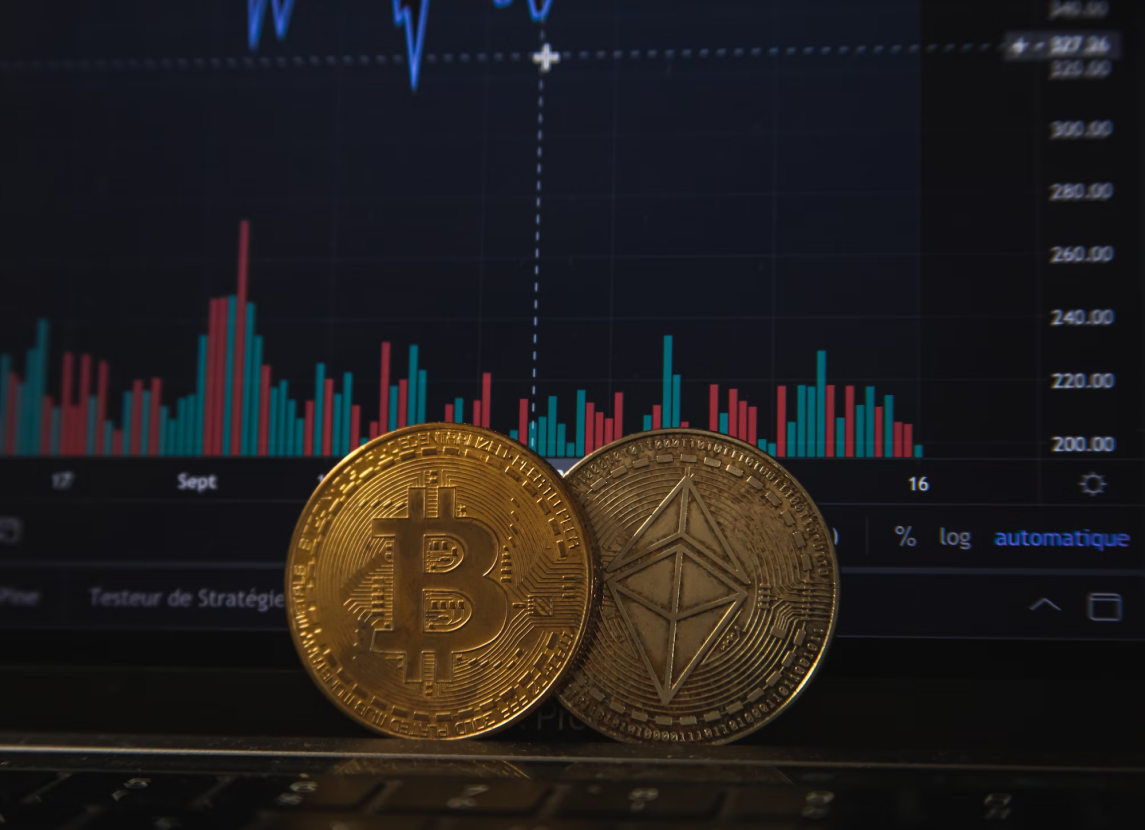Binance Pool unveils Ordinals Inscription Service, revolutionizing data storage on Bitcoin blockchain

Share:
Binance Pool, a leading player in the Bitcoin mining sector, recently launched its Ordinals Inscription Service. This innovative feature allows users to inscribe additional data directly onto individual satoshis, the smallest unit of Bitcoin, thereby creating unique digital artifacts that are securely stored on the Bitcoin blockchain.
The mechanics
The Ordinals protocol, which gained prominence earlier this year, has been instrumental in enabling the creation of BRC-20 tokens and Non-Fungible Tokens (NFTs) on the Bitcoin network. The Ordinals Inscription Service takes this a step further by offering three types of inscriptions: BRC-20, single image, and text. To avail of this service, users must complete Binance’s Know-Your-Customer (KYC) verification and possess a Taproot address, also known as P2TR or Bech32m. This address format is the most recent and advanced in the Bitcoin ecosystem, characterized by its “bc1p” prefix and supported by multiple Bitcoin wallets.
For BRC-20 inscriptions, deployment is a prerequisite before minting, and the number of inscriptions is determined by the rules set during this deployment phase. Users have the flexibility to mint multiple BRC-20 tokens simultaneously. When it comes to single image inscriptions, the Bitcoin block size limitations necessitate that files under 300KB are inscribed as is, while larger files undergo resizing, compression, and conversion to the WEBP format. Metadata is also removed for enhanced security. Text inscriptions, on the other hand, accept only single text inputs with a maximum size of 300KB. Batch inscriptions are not supported in this category.
After fulfilling these requirements and paying the associated network and service fees, the inscription is sent to the user’s address. However, confirmation could take hours or even days, depending on network demand. Binance Pool has issued a warning that once inscriptions are generated, they are permanent and cannot be altered or deleted. Users bear sole responsibility for their inscriptions, and Binance does not guarantee the ability to trade or transfer these post-creation.
The introduction of the Ordinals Inscription Service has not been without controversy. Its rise in popularity earlier this year led to an increase in transactions and fees on the Bitcoin network, sparking debates over the legitimacy and utility of inscriptions. These inscriptions rely on Bitcoin’s OP_RETURN function to store arbitrary data on the blockchain, a feature that has been both lauded and criticized for its potential impact on the network.
The Ordinals Inscription Service represents a significant milestone in the ongoing evolution of blockchain technology. By allowing users to inscribe additional data onto the Bitcoin blockchain, Binance Pool has opened up new avenues for digital ownership, asset tokenization, and data storage. However, as with any technological advancement, it brings with it a set of challenges and questions that the industry must address moving forward.
Binance Pool unveils Ordinals Inscription Service, revolutionizing data storage on Bitcoin blockchain

Share:
Binance Pool, a leading player in the Bitcoin mining sector, recently launched its Ordinals Inscription Service. This innovative feature allows users to inscribe additional data directly onto individual satoshis, the smallest unit of Bitcoin, thereby creating unique digital artifacts that are securely stored on the Bitcoin blockchain.
The mechanics
The Ordinals protocol, which gained prominence earlier this year, has been instrumental in enabling the creation of BRC-20 tokens and Non-Fungible Tokens (NFTs) on the Bitcoin network. The Ordinals Inscription Service takes this a step further by offering three types of inscriptions: BRC-20, single image, and text. To avail of this service, users must complete Binance’s Know-Your-Customer (KYC) verification and possess a Taproot address, also known as P2TR or Bech32m. This address format is the most recent and advanced in the Bitcoin ecosystem, characterized by its “bc1p” prefix and supported by multiple Bitcoin wallets.
For BRC-20 inscriptions, deployment is a prerequisite before minting, and the number of inscriptions is determined by the rules set during this deployment phase. Users have the flexibility to mint multiple BRC-20 tokens simultaneously. When it comes to single image inscriptions, the Bitcoin block size limitations necessitate that files under 300KB are inscribed as is, while larger files undergo resizing, compression, and conversion to the WEBP format. Metadata is also removed for enhanced security. Text inscriptions, on the other hand, accept only single text inputs with a maximum size of 300KB. Batch inscriptions are not supported in this category.
After fulfilling these requirements and paying the associated network and service fees, the inscription is sent to the user’s address. However, confirmation could take hours or even days, depending on network demand. Binance Pool has issued a warning that once inscriptions are generated, they are permanent and cannot be altered or deleted. Users bear sole responsibility for their inscriptions, and Binance does not guarantee the ability to trade or transfer these post-creation.
The introduction of the Ordinals Inscription Service has not been without controversy. Its rise in popularity earlier this year led to an increase in transactions and fees on the Bitcoin network, sparking debates over the legitimacy and utility of inscriptions. These inscriptions rely on Bitcoin’s OP_RETURN function to store arbitrary data on the blockchain, a feature that has been both lauded and criticized for its potential impact on the network.
The Ordinals Inscription Service represents a significant milestone in the ongoing evolution of blockchain technology. By allowing users to inscribe additional data onto the Bitcoin blockchain, Binance Pool has opened up new avenues for digital ownership, asset tokenization, and data storage. However, as with any technological advancement, it brings with it a set of challenges and questions that the industry must address moving forward.








